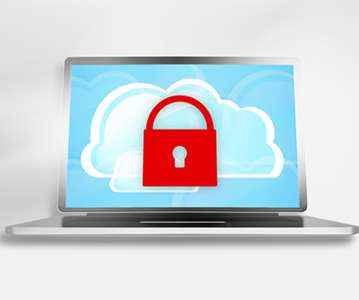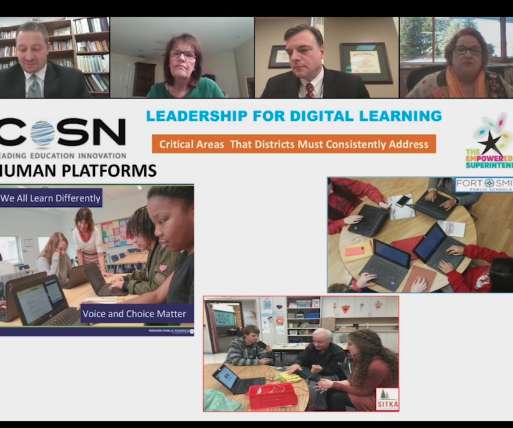BYOD Begins With Trust and Respect
A Principal's Reflections
SEPTEMBER 11, 2013
I have written extensively over the past couple of years about our Bring Your Own Device (BYOD) initiative at New Milford High School at the Huffington Post and on my own blog. It has been interesting to look back at all my blog posts to see how far we have come with BYOD at NMHS. Take a look at the traffic at each access point below.




























Let's personalize your content